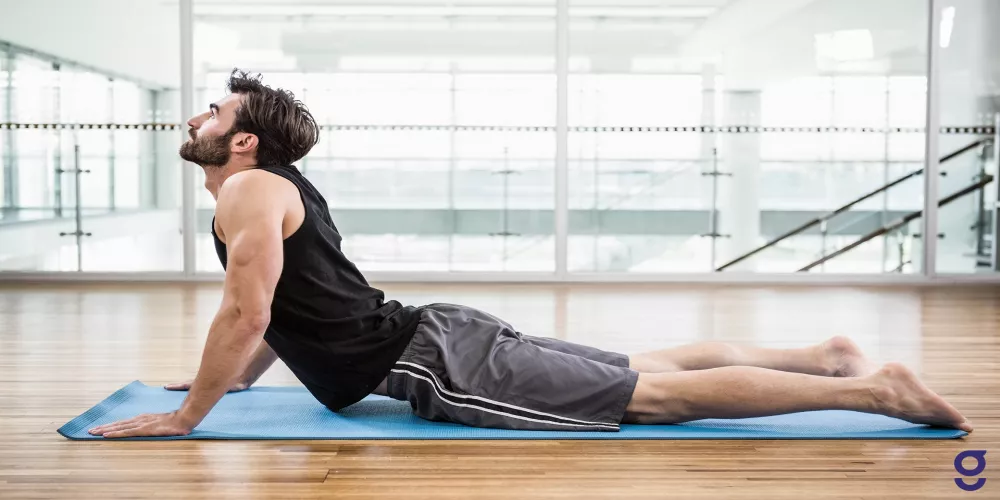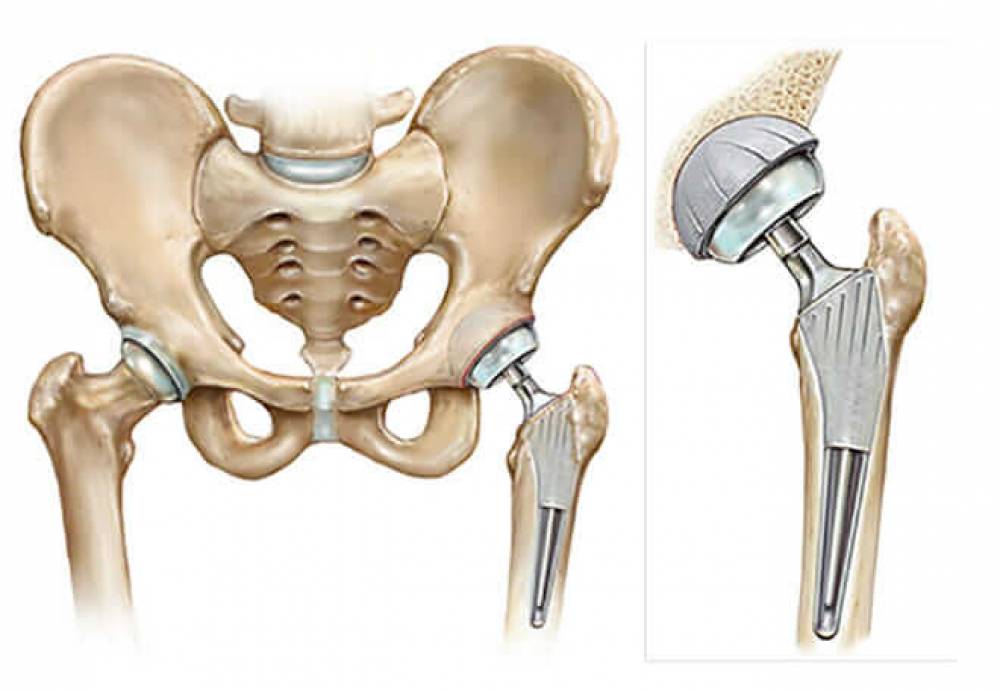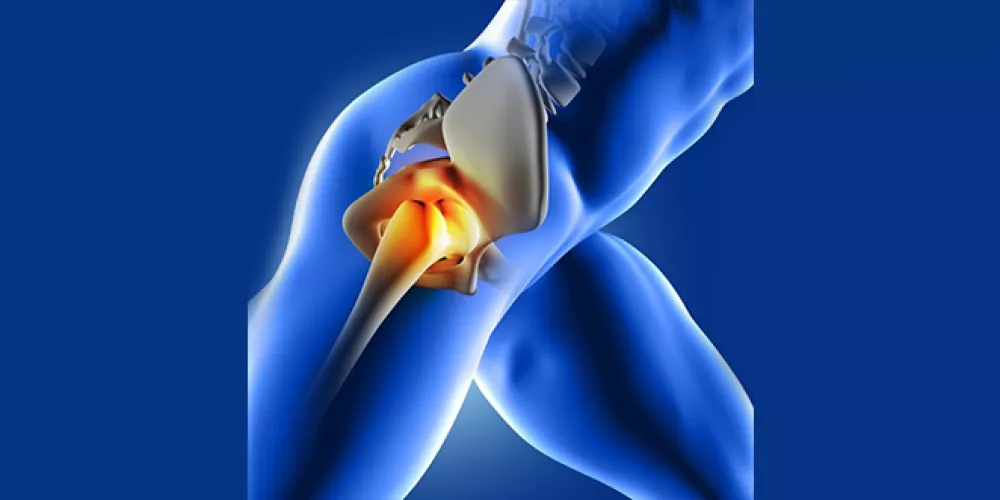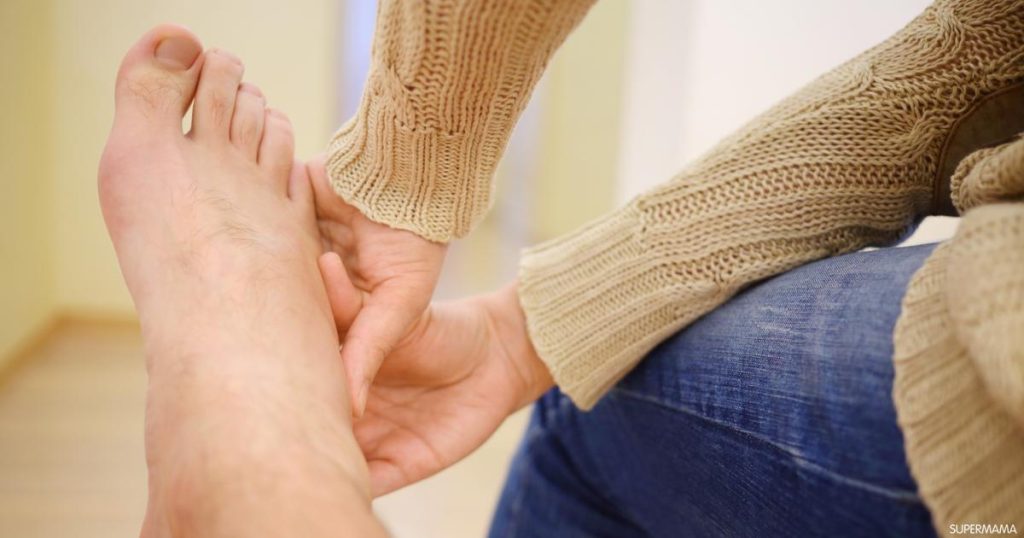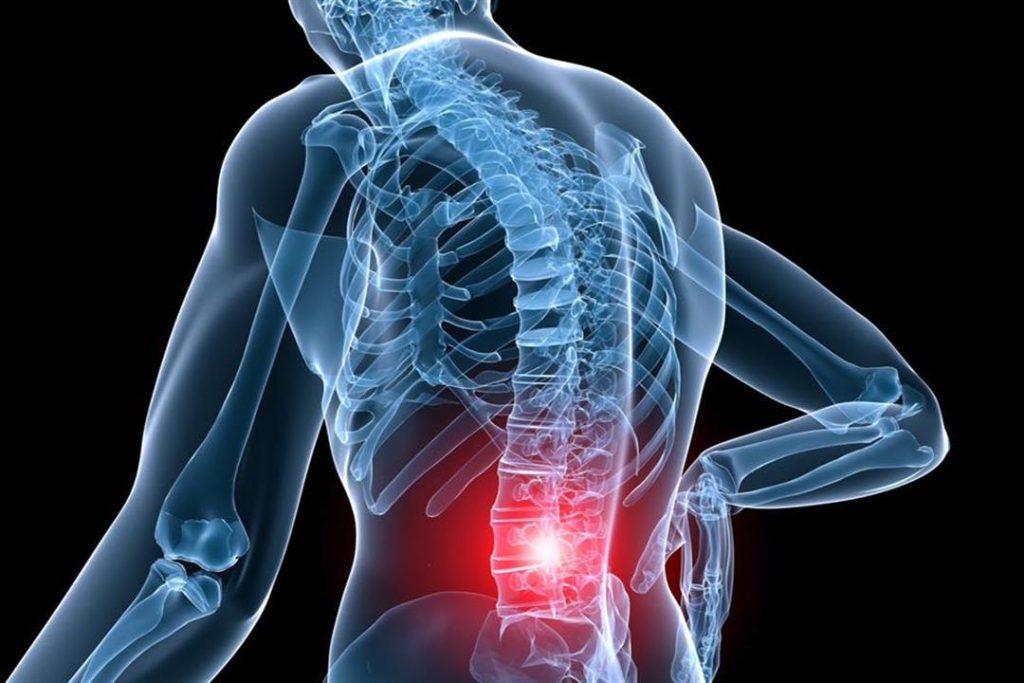Here is a set of exercises to relieve back pain, and what is the appropriate physical therapy for it?
أخر تحديث :
Exercises for Alleviating Back Pain
Walking Exercises: Research has shown that low-intensity aerobic exercises like walking can help alleviate back pain. Walking is known for its simplicity and ease of incorporation into daily routines. You can allocate some time each day for short walking sessions, depending on your ability and health condition.
Water Exercises: If you have access to a pool, aquatic exercises can be very beneficial for relieving back pain. Water provides support for the body and reduces impact on the joints and muscles, making the exercises more comfortable and less stressful on the spine.
The Cat-Cow Stretch: This exercise is useful for strengthening the muscles of the back. It is done by arching the back downward while avoiding jerky movements and pressure on the spine. Consulting a physical therapist can provide better guidance on how to perform this exercise correctly.
Back Stretching: Back stretching is one of the exercises used in physical therapy. It involves lying on a flat, stable surface, bending your knees at a 90-degree angle, and resting your back against the surface. Lie in this position for a few minutes at regular intervals to relieve lower back pain.
Strength Training Exercises: Exercises that build the strength of the back and abdominal muscles encourage relief from lower back pain. It is recommended to regularly practice these exercises to build strong muscles and strengthen the spinal support.
It is always advisable to consult with a physical therapist or a specialized doctor before starting any exercise regimen to relieve back pain. There may be some precautions and modifications required based on each individual’s condition.
In compliance with safety measures, it is encouraged to avoid practices that may exacerbate back pain or negatively affect the condition, such as lifting objects that exceed your body’s capacity or adopting unhealthy sitting postures.
If back pain persists or worsens, it is recommended to visit a specialized doctor for an accurate diagnosis and appropriate treatment.
How to Get Rid of Back Pain with 3 Exercises?
Back pain is a common problem that many people experience on a daily basis. Although there are several reasons for this pain, practicing some exercises can reduce its occurrence and alleviate its severity. In this article, we will present 3 effective exercises to help you get rid of back pain.
- Leg Raises:
- Lie down on your back with your knees bent, feet flat on the ground.
- Slowly lift your legs up to an angle not exceeding 45 degrees.
- Hold this position for about 5 seconds, then return to the starting position slowly.
- Repeat this movement 8 to 12 times.
- Bridge Exercise:
- Lie down on your back with your knees bent, feet flat on the ground, and shoulder-width apart.
- Tighten your abdominal and buttock muscles, and slowly lift your body upwards until you form a bridge with your back returning to a neutral position.
- Hold this position for about one second, then return to the starting position slowly.
- Repeat this movement 8 to 12 times.
- Back Stretch:
- Sit on the floor with your knees bent in front of you.
- Take a deep breath, then lean your upper body back until your head reaches ground level.
- Extend your legs forward as much as possible and leave them resting on the ground.
- Now, arch your back and engage its muscles, trying to feel the stretch in the lower back area.
- Hold this stretch for 10 seconds, then return to the starting position slowly.
- Repeat this movement 8 to 12 times.
Avoid excessive strain while performing these exercises, and always consult with your doctor before starting any new exercise regimen. Also, remember to keep your posture upright and listen to your body during exercise. Incorporating these exercises into your daily routine may help strengthen your body and reduce the frequency of back pain.
How to Relieve Back Pain in 15 Minutes?
Back pain is a common issue for many people, whether due to daily activities, stress, or prolonged sitting. However, some simple exercises and light activities can help alleviate back pain and promote overall body health.
Here are some measures you can take to get relief from back pain in just 15 minutes:
- Walking Exercises:
- Walk for 15 minutes daily to improve the strength of your back muscles.
- Maintain proper posture while walking, with your shoulders pulled back and your back straight.
- Stretching Exercises:
- Start by sitting on the floor with your legs extended in front of you.
- Lift one leg towards your chest, then bend your knee and place it over the other thigh.
- Gently direct your head towards the raised knee for 20-30 seconds. Repeat the movement and then do it for the other leg.
- Swimming:
- Swimming is an excellent exercise to relieve back pain, as moving in the water is suitable for your body’s muscles without putting any pressure on the spine.
- Consult experts in this field to learn the appropriate techniques.
- Combining Pilates with Exercises:
- Combine Pilates (a popular core-strengthening technique) with regular exercises. This combination helps strengthen back muscles and improve posture issues.
- Maintain Proper Posture:
- Ensure that you sit and stand in the correct posture to avoid back pain, whether at the office or during routine activities.
- Adjust your office chair’s height and use a supportive backrest cushion if needed.
These exercises only take 15 minutes, and they are sufficient to stretch and activate your body’s muscles to prevent back pain. Always remember to consult experts in the field of back pain treatment before making any new changes to your exercise routine or lifestyle.
What Are Herniated Disc Exercises?
Herniated discs are spinal conditions that can cause severe pain and limited mobility. To alleviate this pain and improve the condition of herniated disc patients, it is recommended to perform specific exercises designed for this condition. In this article, we will outline some of these exercises that can be practiced to improve the condition of individuals with herniated discs.
Neck Stretching Exercises:
- The patient sits on a chair with a straight back.
- One side of the body remains stable while the head is turned towards the opposite side of the stable side.
- Maintain this position for 30 seconds, then repeat on the other side.
Lower Back Stretching Exercises:
- The patient lies on their back.
- Bend the knees and bring the feet close to the lower part of the body.
- Slowly extend one leg forward until you feel tension in the lower back.
- Hold this position for 30 seconds, then relax.
Elbow Prop Exercises:
- The therapist describes the patient’s body in a horizontal position, with the arms resting on the elbows.
- Avoid any pressure contact with the body’s rear.
- Maintain this position for 2-3 minutes.
Snake Pose Exercises:
- These exercises require a supportive chair placed behind your back.
- The therapist secures the patient’s shoulder in the correct position while strengthening the back muscles.
- The straight side arm can be used to cross over the surface of the chair to increase the challenge.
These exercises are among the many exercises that can be practiced to improve the condition of a herniated disc. However, an important note to consider is to consult a doctor before starting any exercises, as the treatment for herniated discs varies based on the individual patient’s condition.
Does Massage Help with Herniated Disc?
Herniated discs are a common problem that many people suffer from. Among the methods used to treat disc-related pain, massage plays an important role in relieving pain, reducing tension, and improving the condition of the tissues surrounding the herniated disc. If you are looking for more information about the benefits of massage in alleviating herniated disc pain, here are some guidelines:
Improved Blood Circulation: Regular massage sessions in the area surrounding the herniated disc can increase blood flow to this area. This can lead to better nourishment of the tissues in the area and improve the regenerative process, helping to alleviate pain and facilitate healing.
Increased Muscle Flexibility: Massage works to release tension in the muscles surrounding the herniated disc and increases their flexibility. This, in turn, reduces pressure on the herniated disc and contributes to improving its condition. Therefore, regular massage sessions should be performed to benefit from these advantages.
Enhanced Range of Motion: Massage may contribute to an increased range of motion in the joint located in the affected area of the herniated disc. Consequently, increasing joint mobility helps reduce disc friction, alleviate pain, and reduce tension.
However, it is important to note that massage will not completely heal or cure a herniated disc problem. It effectively alleviates symptoms and improves the patient’s condition, but it cannot be considered a standalone treatment. Therefore, doctors may recommend applying massage to the area surrounding the herniated disc as part of comprehensive treatment programs that include other components such as physical therapy and exercise.
Directly massaging the herniated disc area should never be done, as it can increase disc pressure and worsen symptoms. Therefore, it is always advisable to consult a specialist before undergoing massage therapy to ensure the appropriate approach and safety during application.
If you have doubts or concerns about the usefulness of massage for your specific herniated disc issue, it is recommended to consult a specialized doctor for their guidance and medical advice.
How Does a Herniated Disc Patient Sleep?
Herniated discs in the spine are a very common problem and can cause severe pain and structural deformities. Improving the quality of sleep for these patients is an important part of pain management and recovery.
According to pain management experts at the TriState Pain Institute, there are several sleeping positions that herniated disc patients can use to improve their comfort during sleep. Let’s review some of these methods:
Sleeping on Your Back with a Pillow: Lie on your back. Place a small pillow or a thin cushion under the lower back area to provide extra support. Ensure that your head is on an appropriate pillow to provide comfort for your neck and cervical spine.
Sleeping on One Side in the Fetal Position: Bend your knees slightly and place them in front of you. Use a pillow between your knees for additional support. Place a thin or suitable pillow under your head to keep your body axis straight.
Trying to Sleep on Your Stomach: Of course, this varies from person to person depending on the severity of the herniated disc. If you feel comfortable sleeping on your stomach, it may help alleviate back pain. Make sure to use an appropriate pillow under your hips to relieve more pressure from the lumbar area.
It is important not to overlook other important sleep-related aspects for herniated disc patients:
Maintaining a Stable Sitting Position: If you have to sit for a long time, try to keep your spine straight and stable. You can do this by using a support tool, such as a backrest on a chair. Stretching Back Muscles: It may be helpful to perform some simple exercises to relax the back muscles before bedtime. These exercises may include rolling on an exercise ball or doing light stretches.
Please note that these sleep improvement tips may vary depending on the individual patient’s condition, and if sleep problems persist, it will be necessary to consult a healthcare expert who is familiar with your health status to consider sustainable sleep.
Be sure to consult your doctor before making any changes to your sleep pattern to ensure that they are suitable and safe for your health condition.
What Causes Severe Back Pain?
Many people suffer from back pain, which can be severe in some cases. The causes of this bothersome pain are often a topic of concern. In this article, some of the possible causes include:
- Spinal Problems: Such as a herniated disc, arthritis, or spinal stenosis.
- Tight Muscles and Tendons: Excessive tension in the muscles and tendons in the back area can lead to sharp pain.
- Inflammation: Conditions like muscle inflammation or arthritis can cause back pain.
- Injuries: Such as bruises or fractures in the spine.
- Internal Organ Issues: Some internal diseases like kidney inflammation or heart problems can result in back pain.
- Stress and Psychological Pressure: Psychological stress and emotional pressures can lead to muscle tension and, consequently, back pain.
It’s important to consult a doctor to provide an accurate evaluation of the condition and determine the actual cause of severe back pain and establish an appropriate treatment plan.
Does Walking Help Back Pain?
Back pain is a common problem for many people, and there are varying opinions on how to treat it. Some recommend complete rest, while others advocate for movement, and there are those who believe that physical therapy and exercise have significant benefits. Regardless of any disagreements about treatment approaches, here is some information about the benefits of walking in alleviating lower back pain:
- Strengthening Back Muscles: Walking is a simple activity, but it can strengthen the muscles in the back area, which helps support and stabilize the spine.
- Increased Blood Flow: Walking increases blood flow to the back area, which nourishes muscles and tissues and can alleviate pain.
- Toxin Elimination: Walking is considered a form of detoxification as it enhances digestive and elimination processes.
- Improved Flexibility: Regular walking can increase the flexibility of the lower back, improving your range of motion and strengthening hip muscles and tendons.
Certainly, these are some of the benefits of walking in relieving chronic lower back pain, making it an affordable and effective choice for managing this issue. Regardless of how you choose to spend your walking time, whether in the city, at shopping centers, or around your home, it’s always beneficial. Just be mindful of the terrain and avoid movements that may increase pain.
In addition to walking, there are many other beneficial exercises for the back, including swimming, simple water exercises, yoga, and back muscle strengthening exercises. These exercises should be encouraged to become a regular part of your lifestyle.
Before making a decision regarding lower back pain treatment, it’s always recommended to consult with a qualified healthcare specialist to accurately assess your condition. Some individuals may require surgery in cases of muscle weakness or deterioration.
What Is Natural Treatment for Lower Back Pain?
Natural treatment for lower back pain may involve a variety of measures that can help alleviate pain and improve your condition. Here are some tips that may be helpful:
- Exercise: Engaging in exercises that strengthen the back and abdominal muscles can help provide support for the spine and reduce pain.
- Stretching and Flexibility: Stretching exercises can improve muscle flexibility and reduce muscle tension.
- Heat and Cold Therapy: Use ice to reduce inflammation in the painful area during the initial days, then transition to using gentle heat to relax tense muscles.
- Relaxation Techniques: Meditation, deep breathing, and yoga can help reduce muscle tension and pain.
- Healthy Diet: Consuming a balanced diet rich in essential nutrients can contribute to muscle strength and overall health.
- Healthy Weight: Maintaining a healthy weight can reduce pressure on the spine and decrease the likelihood of back pain.
- Quality Sleep: Ensure you get adequate and restful sleep, and use appropriate sleep aids to support your back during sleep.
- Avoid Prolonged Sitting: Try to move and stand regularly if you have to sit for extended periods.
How Long Does Recovery from Back Muscle Strain Take?
The duration of recovery from back muscle strain depends on the severity and type of injury and typically ranges from a few days to a few weeks. In mild cases, recovery may take approximately two weeks, but in more complicated cases, it may require additional weeks.
It is important to follow medical guidelines for a quick recovery. These guidelines may include adequate rest, avoiding movements and activities that increase pressure on the affected muscles, using ice to reduce inflammation and pain initially, and taking prescribed medications if necessary.
If the pain persists or worsens, it is advisable to consult a doctor for a precise assessment of the condition and appropriate treatment.
What Are the Symptoms of Back Muscle Strain?
Back muscle strain is a common health issue that many people face. Typically, this problem can lead to severe pain and reduce one’s ability to perform daily tasks normally. So, if you are experiencing pain in your back area, you may have been affected by back muscle strain.
Back muscle strain can result in a variety of symptoms. Among the common symptoms of back muscle strain are:
- Muscle Pain: You may experience varying degrees of pain in different areas of your back muscles.
- Reduced Range of Motion: It may be difficult to perform certain movements or move freely due to increasing pain.
- Muscle Tension: You may feel tension or tightness in the affected muscles.
- Difficulty in Movement: You may have difficulty performing daily activities such as lifting heavy objects or bending.
- Reduced Muscle Flexibility: Muscle strain can lead to reduced muscle flexibility and difficulty in full stretching.
- Psychological Stress: Pain and discomfort from muscle strain can lead to feelings of stress and anxiety.
-
Postural Effects: Muscle strain can lead to changes in body posture and back positioning while sitting or standing.

